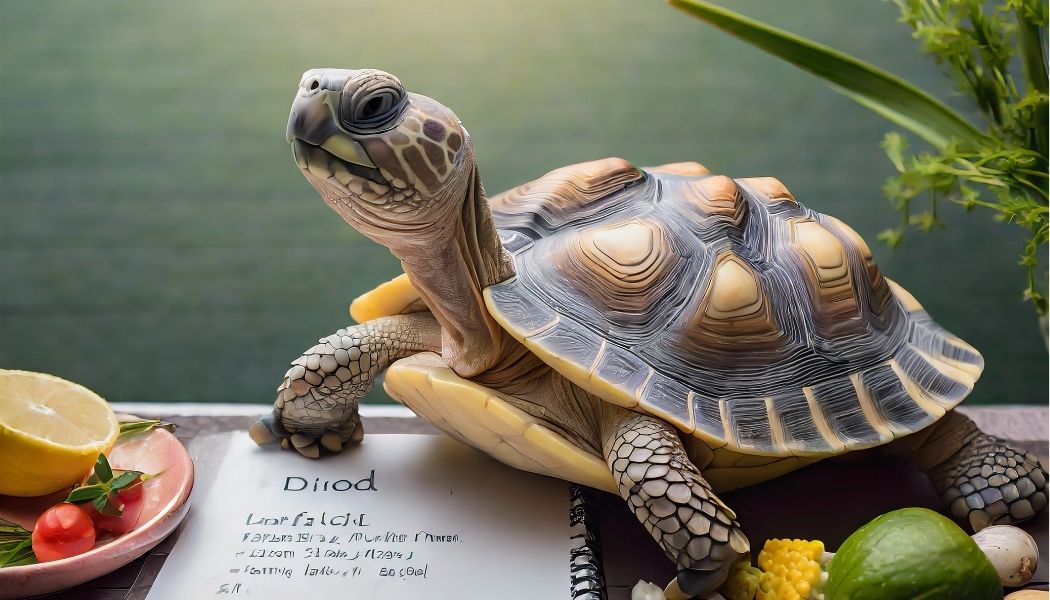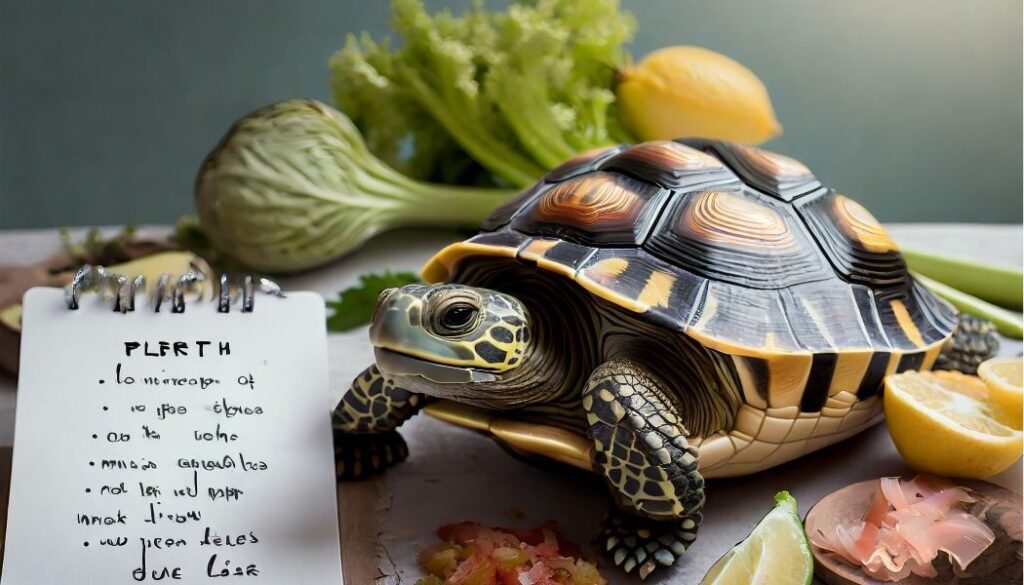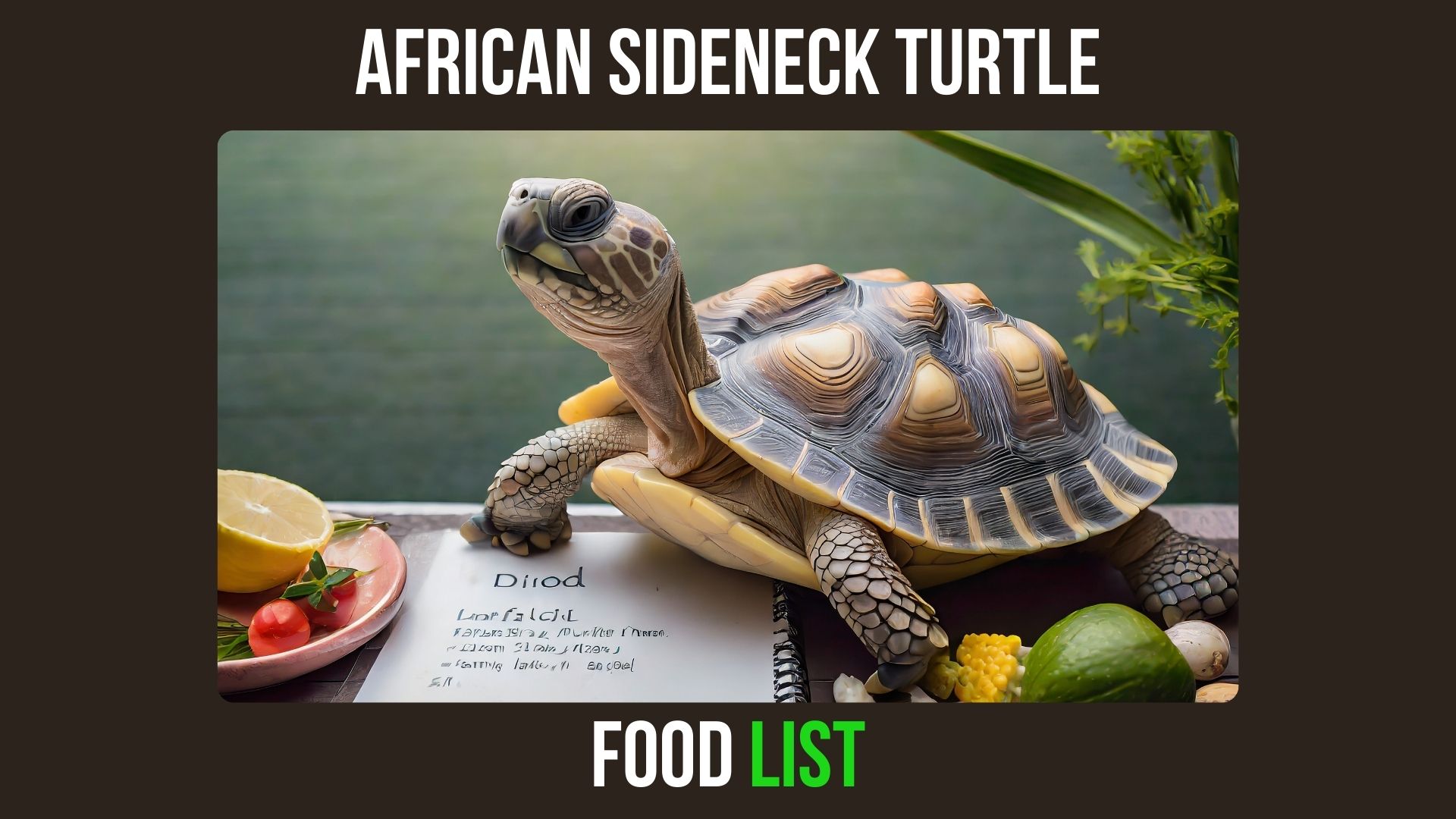The African Sideneck turtle, with its peaceful temperament and unique neck-extending feeding posture, makes for a fascinating pet. But caring for these omnivorous turtles extends far beyond an aquarium setup. One of the keys to keeping your Sideneck healthy and happy is providing a diverse, nutritious diet tailored to their dietary needs.
In the wild, the African Sideneck turtle is an opportunistic eater, feasting on anything from mollusks and fish to aquatic plants and fallen fruits. Captivity removes the need to forage, but a proper feeding regimen can mimic this wild diversity. The right balance of protein, plants, and supplements supports strong shell growth, boosts immunity, and maintains an active, long-lived companion.
Let’s dive into the ideal African Sideneck turtle diet. We’ll explore nutritional necessities, age-specific needs, sample feeding schedules, and techniques for keeping mealtimes engaging. Follow these guidelines and enjoy decades of enriching adventures with your aquatic friend!
An Introduction to the African Sideneck Turtle
Native to the rivers and lakes of sub-Saharan Africa, the African Sideneck turtle (Pelusios castaneus) is a fully aquatic species that seldom leaves the water. They spend their time basking on rocks or buried in the muddy bottom, emerging to breathe or search for food.
In the wild, Sidenecks eat a varied combination of plants, mollusks, insects, fish, and fallen fruit. They use their long necks and small jaws to snatch passing food in the water. Captive Sidenecks retain this hungry, opportunistic approach to eating.
With proper care, the African Sideneck can live over 50 years in captivity. Their moderate size, typically maxing out around 10 inches, makes them suitable for large aquarium setups. These peaceful, personable reptiles thrive when fed a diverse diet reminiscent of their native habitats.
Now let’s explore exactly what that diet entails for your growing turtle
Understanding the African Sideneck Turtle’s Nutritional Needs

The key to any balanced Sideneck diet is variety across:
- Food groups: protein, plants, supplements
- Specific food items within groups
Feeding the same pellets day in and day out simply won’t cut it. Here’s an overview of their nutritional needs:
A) Core Nutrients
Protein sources like insects, worms, small fish/shrimp provide essential amino acids for growth and muscle maintenance. Staples include mealworms, crickets, bloodworms, guppies, and shrimp.
Vegetables and Plants deliver vitamins, minerals, and fiber. Focus on dark leafy greens like kale, romaine, and dandelion greens. Fruits like apple and banana make great occasional treats.
Calcium is critical for proper shell development. Dust food with supplements like Rep-Cal or place a cuttlebone in the tank.
Vitamins and Minerals like Vitamin A, C, and D promote immune function and organ health. A varied diet provides a spectrum of micronutrients.
Now let’s look closer at ideal food options in each core nutrient group.
Quality Protein Sources
- Insects: mealworms, crickets, grasshoppers
- Worms: earthworms, bloodworms
- Aquatic foods: brine shrimp, guppies, ghost shrimp
- Occasional treats: boiled egg, lean meat
Nutritious Plants and Veggies
- Leafy greens: kale, romaine, dandelion, collard greens
- Other veggies: zucchini, bell pepper, carrot, squash, peas
- Fruits: apple, banana, melon (occasional)
Calcium for Healthy Shells
- Powder supplements: Rep-Cal, ExoTerra Calcium
- Cuttlebone (natural source)
- Occasional high-calcium veggies: bok choy, broccoli
Follow these basic food groups and your turtle will receive balanced nutrition at every life stage. Now let’s look at how to tailor amounts and food types to hatchlings, juveniles, and adults.
B) Age-Specific Dietary Needs
Turtle nutritional requirements change as they mature. Here’s an overview:
Hatchlings: High Protein for Growth
- Focus on insects, worms, small fish
- 2-3 small meals per day
- Higher protein ratio like 2:1 protein to plants
Juveniles: Adding More Plants
- Combine commercial pellets with veggies
- Larger meal sizes
- Balance protein 1:1 with plants
- Feed daily to every other day
Adults: Mainly Plants, Some Protein
- Shift focus to leafy greens, veggies
- Add protein source 2-3 times per week
- Target 1:3 protein to plant ratio
- Feed 1-2 times per week
Now that we’ve covered the nutritional bases, let’s turn theory into an eating plan.

Crafting a Balanced Feeding Schedule
Creating set feeding routines tailored to your turtle’s age sets them up for long-term health. Here are tips for building meal plans:
A) Sample Feeding Schedules
Hatchling
Monday – Small chopped earthworms
Tuesday – Finely diced shrimp and krill
Wednesday – Small crickets or bloodworms Thursday – Turtle pellets softened in water
- Morning: Finely chopped earthworms
- Afternoon: Small crickets and shrimp
- Evening: Commercial turtle pellets softened in water
Juvenile
Monday – Mixed greens with carrots, ZooMed pellets
Wednesday – Dandelion and kale, occasional strawberries Friday – Guppies, bloodworms
Adult
Monday – Romaine lettuce, grated carrot Wednesday – Collard greens
Friday – Frozen krill, turtle pellets
Tailor exact diet and frequency to your turtle’s size and appetite. The key is variety across food groups!
B) Mixing Live and Commercial Foods
Both live foods and commercial diets offer advantages:
Live foods like worms, crickets, guppies provide enrichment. Let your turtle hunt!
Commercial diets like ZooMed offer balanced nutrition if fed properly. Soak before feeding.
Ideally combine both live and prepared foods for a nutritious, engaging diet.
C) Creative Feeding Techniques
Beyond nutrition, how you deliver food can stimulate your turtle’s mind and body. Try these fun techniques:
- Let your turtle stalk and chase down live crickets or worms along the tank bottom. This satisfies their hunting instinct!
- Place food under rocks or aquarium décor. Watch your pet lift and turn objects to uncover the treats.
- Suspend leafy greens above the water for an aquatic salad course. Or place sinking pellets or shrimp at different tank depths.
- Simulate small fish by tying food to a string and dragging it along the surface. Your turtle will eagerly snap at this “prey”!
- Drop food one piece at a time into the tank to keep your turtle moving.
Mixing up presentation keeps feeding time interesting. Just remember to promptly remove uneaten food to avoid fouling the water.

Common Feeding Mistakes to Avoid
While a varied diet has many benefits, there are a few missteps to watch out for along the way:
- Overfeeding: Too much food spells trouble. Obesity, waste buildup, even aggression during feeding can result. Stick to the recommended amounts and frequency.
- Too Much Protein: Excess protein stresses the liver and kidneys. It also leaches calcium from bones and shells. Follow the age-specific protein ratios outlined earlier.
- People Food: Tempting as they may be, treats like hamburger, bacon, candy, chips offer little nutritional value. They can also lead to obesity or metabolic disorders. Stick to the African Sideneck diet plan!
- Improper Calcium: Lack of calcium causes shell deformities, bone weakness, and metabolic issues. Provide proper levels via food or supplements.
- Food Boredom: Feeding the same 2-3 items week after week leads to disinterest. Vary food items and presentation regularly to keep your turtle healthy and engaged at mealtime.
Frequently Asked Questions about Feeding the African Sideneck Turtle
Here are answers to some common questions about crafting the ideal Sideneck turtle diet:
How often should an adult Sideneck eat? Adults only need 1-2 feedings per week. Overfeeding can cause health issues.
Is tap water safe for my turtle? As long as you use a good water conditioner, tap water is perfectly fine for Sidenecks. Avoid distilled water, which lacks minerals.
Do I need to clip food to a certain size?
For younger turtles, finely chopping protein items and produce prevents choking. Adults can handle larger pieces.
My turtle rarely touches vegetables. What should I do? Keep offering veggies consistently. Try shredding, hanging, or mixing them into commercial food to entice picky eaters.
Can I feed my Sideneck turtle mealworms from my garden? Mealworms and other insects from outside sources may carry parasites or pesticides. Purchase feeder insects from pet stores instead.
How do I know if my turtle is getting proper nutrition? Signs like active movement, clear eyes, smooth shell growth, and balanced weight indicate a good diet. Monitor closely and adjust as needed.
The Rewarding Journey of Feeding Your African Sideneck Turtle
Caring for an African Sideneck turtle is a long-term endeavor requiring dedication from the owner. But the payoff is an alert, personable aquatic companion who can outlive you!
Offering a nutritionally balanced, varied diet introduces new sights and smells into your turtle’s world and supports excellent lifelong health. Monitor your pet’s growth, activity levels, and shell smoothness. Adjust food types and amounts as needed to provide the best nutrition possible.
Proper diet is just one component of a good life in captivity. Maintain ideal aquarium conditions, temperature, lighting, and tank mates as well. Do your research, invest time daily, and enjoy decades of enriching adventures with your unusual turtle friend!






Leave a Reply